Perfect Quinoa Every Time
Let’s face it, improperly cooked quinoa can be downright yucky. But it really isn’t that hard to cook it to perfection, once you get the hang of it.
Read on and learn how to cook quinoa using two methods: the “pasta method” and the “absorption method.” As you’ll see, each has their place. We’ll review both techniques in detail, and once armed with this information you’ll be able to cook perfect quinoa every time! I even created a nifty “quinoa cooking times” chart to help you succeed on your perfectly cooked quinoa quest.
No matter which method is used, or which color quinoa is cooked, the yield is the same.
1 cup dry quinoa = 3 cups cooked
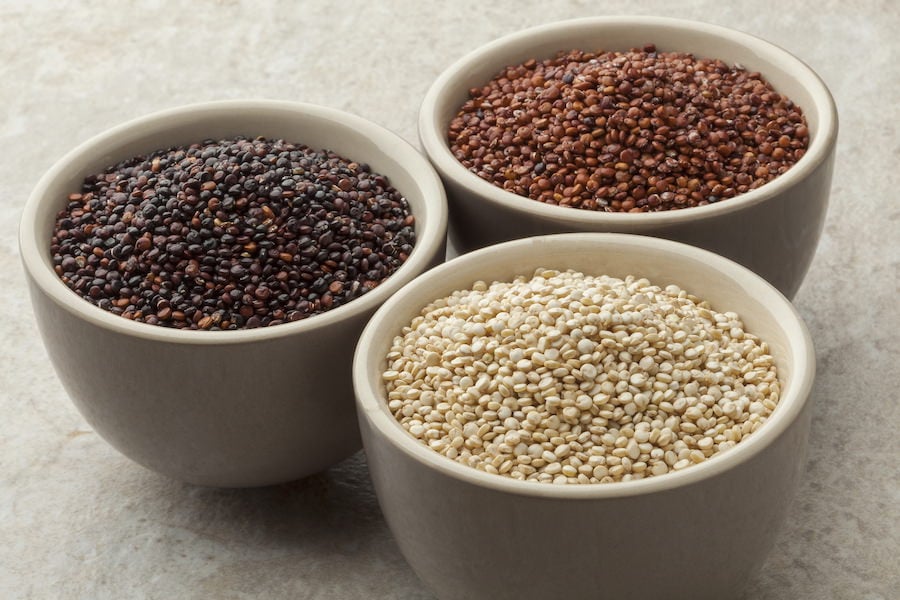
Each has its unique flavor as well as cooking time.
Rinsing is always the first step. Put the measured dry quinoa into a fine-mesh strainer, then rinse. Rub the grains together with your hands, then rinse again.
Please note that you need to use a fine mesh strainer, not a colander, when rinsing quinoa. The small grains would slip right through the holes of a colander.
Pan toasting draws out quinoa’s nutty flavor, but is an optional step. To toast, put the rinsed and drained quinoa into a dry cast iron skillet (or other heavy bottomed skillet) over medium heat. Using a whisk, move the grains around in the pan. They will dry out, then start to pop; you’ll know they’re ready when they turn a bit golden and give off a nutty fragrance. Remove them from the pan, and continue with one of the following cooking methods.
THE PASTA METHOD
The pasta cooking method creates individual, fluffy quinoa grains – perfect for salads and side dishes. This is a more foolproof method, although it does require careful attention. If you are new to cooking quinoa I suggest starting with this technique.
- Put the quinoa into a saucepan with enough water to cover by at least 3 inches.
- Bring the water to a boil, then reduce the heat so the water is kept at a low boil. Add more water, if necessary, to keep the quinoa well submerged. Cook, uncovered, for 10 minutes, then start checking. Red and black quinoas take longer to cook, so check after 12 and 15 minutes respectively (see cooking table below).
- The seeds will fluff up and the tail will separate when the quinoa is getting close to being cooked.
- Once this happens, stand at the stove and keep testing for doneness. The idea is to cook until al dente, until the individual quinoa grains are neither hard nor soft, not crunchy and also not mushy.
- When al dente, drain using a fine-mesh strainer.
THE ABSORPTION COOKING METHOD
The absorption cooking method creates fluffy quinoa grains that are a bit sticky, and is well suited for stuffings, patties, porridge, and more. The water (or other liquid) is absorbed when using this method. Depending on what dish is being made, you may want to use broth or even plant-based milk instead of plain water for the liquid. If you season the water, broth, or milk the flavor will be absorbed.
Quinoa to liquid ratio = 1 part quinoa to 1-1/2 parts liquid
- For best results use a 1:1-1/2 ratio of quinoa to liquid. Some recipes call for a 1:2 ratio, but that is too much liquid and results in a mushy mess (the 1:2 ratio is one of those misconceptions that needs to die).
- Put the quinoa and liquid into a pan over high heat.
- As soon as it starts to boil, reduce the heat, cover, and gently simmer until the liquid is absorbed and the quinoa is al dente (until the individual grains are neither hard nor soft). Refer to the table below for cooking times.
- When al dente, remove from the heat but keep covered for 5 to 10 more minutes. If you skip this step, the quinoa won’t be as fluffy.
Quinoa Cooking Times (for both methods)
TYPE OF QUINOA | FLAVOR | COOKING TIMES |
white | mild | 10 to 15 minutes |
red | nutty | 12 to 17 minutes |
black | earthy and sweet | 15 to 20 minutes |
Since white, red, and black varieties of quinoa each have slightly different cooking times, I’m not really a fan of multi-colored quinoa. It looks pretty, but I find that the white grains tend to become mushy by the time the red and black grains are cooked.

Benefits of Quinoa
Now that you know how to cook quinoa, and you’re on your way to becoming an expert, let’s take a look at why you should regularly include it in your diet.
Quinoa was an important staple crop during ancient civilizations. In fact, it was considered the sacred “Mother Grain” by the Incas. It’s an excellent source of complete plant protein, making it a beneficial addition to a plant-based diet. Quinoa is high in fiber, and is a good source of minerals as well as vitamin E and various B vitamins. It has an impressive amount of powerful phytonutrients and antioxidants, and contain anti-inflammatory properties; this is especially true of the red and black pigmented varieties. High levels of anthocyanin, the same beneficial antioxidant present in blueberries and black rice, are contained in black quinoa.
How Does Quinoa Taste?
Quinoa is mild flavored and may taste a bit nutty, earthy, or sweet depending on the variety. Its granular texture is similar to couscous. If you and your family aren’t familiar with this ancient grain, you may want to start with the white variety, since it has the mildest flavor.
Please note that quinoa needs to be washed thoroughly to remove the naturally occurring chemical called saponin, otherwise it will taste a bit bitter and soapy. Some brands prewash quinoa before packaging it, but it’s still prudent to wash it before cooking.
What To Do With Cooked Quinoa
Since quinoa doesn’t have much flavor on its own, it’s usually tossed with other ingredients and/or a dressing of some sort. It can be used in many recipes including:
- salads
- patties
- stuffings
- timbales
- casseroles
- soups
- stews
- pilafs
- power bowls
4 Quinoa Recipes
Here are some of my own creations
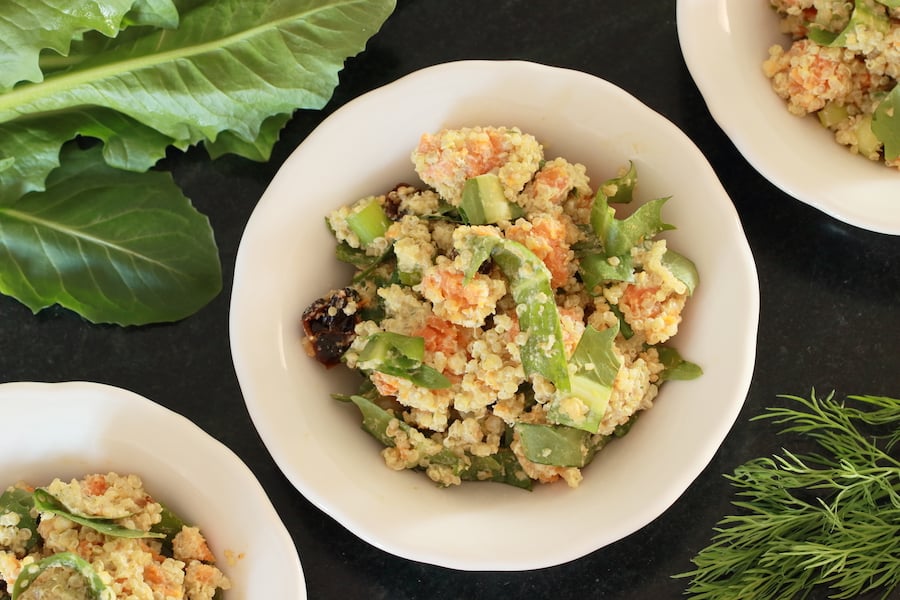
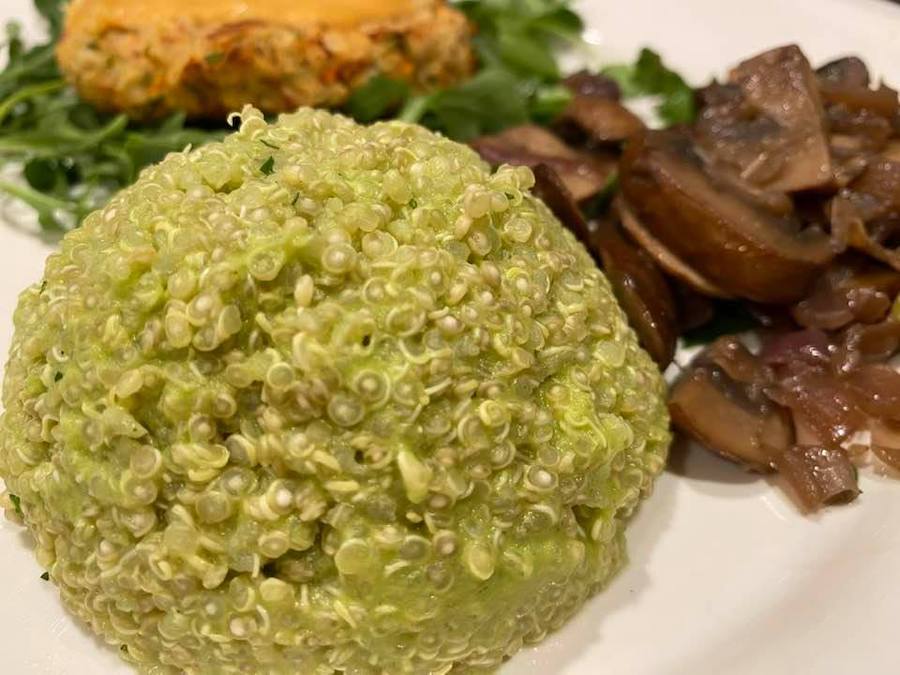
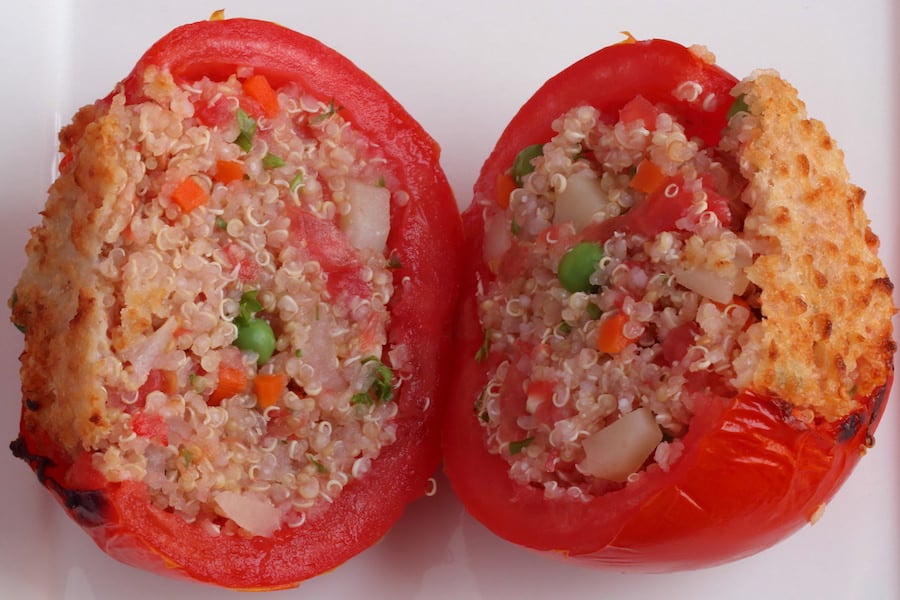
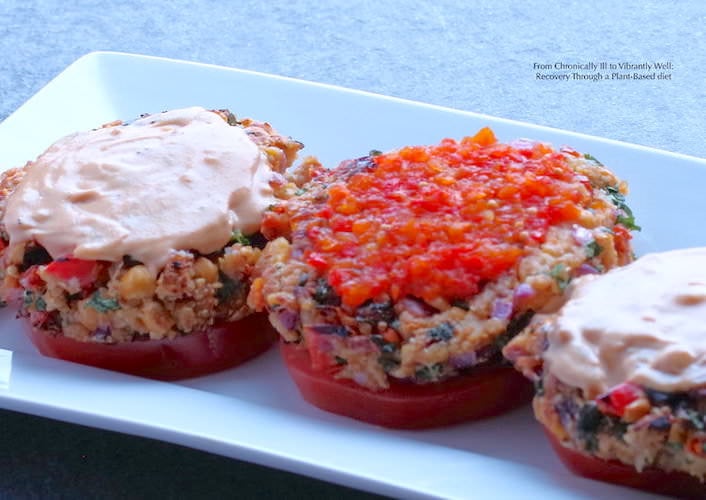
Frequently Asked Questions
It is pronounced KEEN-wah.
Quinoa is considered a pseudo-grain because even though it cooks up like a grain, it actually isn’t one. True grains come from the seeds of cereal grasses. Quinoa comes from the seeds of broad-leaf plants; they are relatives of amaranth, spinach, beets, and chard. To make it easier, most people just refer to it as a grain.
Yes, quinoa is naturally gluten-free.
Indeed it does! There are 8.14 grams of protein per cup of cooked quinoa. In fact, 14.7% of quinoa’s calories come from protein. Unlike all plant foods, quinoa is considered a complete protein because it contains all 9 of the essential amino acids (amino acids are the building blocks for protein). So as you can see, quinoa is a very good source of protein.
It will keep in the refrigerator for up to 7 days when stored in an air tight container.
Yes. For best results, freeze cooked quinoa in an air tight container and use within two months.
